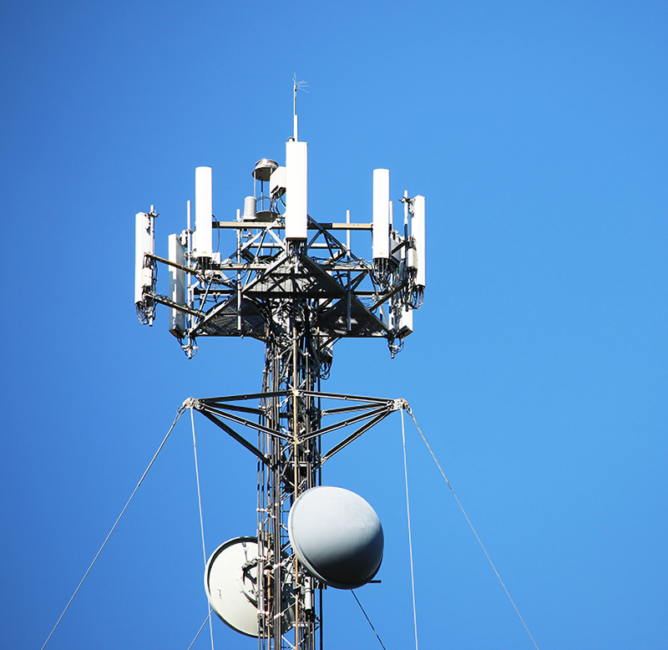
The rollout of 5G New Radio (NR) brings monumental changes in the telecom industry, including cellular IoT. Devices and systems will migrate to the new standard. However, that transition will take some time, as infrastructure must be built to support it.
In the meantime, network operators have started implementing 5G non-stand-alone (NSA) technologies to bridge the gap. In 5G NSA, the radio access network (RAN) is 5G. The 4G core network remains in place and fully up to date while operators and markets catch up with full networks and devices for SA.
Balancing spectrum resource use between 5G and preceding technologies allows dual connectivity. It also enables switching between 4G and 5G, even within the same device.
Still, while 5G NSA allows gradual migration, network operators must support legacy devices that are not yet 5G RAN capable. 5G/LTE dynamic spectrum sharing (DSS) can enable them to do this.
What Is 5G/LTE DSS?

5G/LTE DSS allows 4G and 5G to share radio bands. The network can detect the number of devices in each technology and determine how much spectrum to allocate.
5G/LTE DSS is a needed solution and a flexible way to share radio spectrum and hardware such as RF units and antennas. However, it has limitations that will push operators toward fully adopting 5G.
Networks operating under 5G/LTE DSS experience a 30% drop in capacity. They cannot support as many devices as they could operating in one technology or the other.
As the number of 5G devices on a network grows and data traffic increases, this limitation will become more challenging. For now, while 5G traffic remains low, 5G/LTE DSS is a viable solution.
Moving Toward 5G SA
It’s too soon for network operators to embrace 5G SA fully. However, technology’s rapid evolution — and the proliferation of connected devices — will get metrics to the tipping point where they switch.
Operators do not want the reduced capacity of DSS in the long term. Increasing data traffic with more 5G-capable devices on their networks will encourage them to hasten their 5G core network rollout. They will not stop 4G services immediately but will likely migrate more spectrum to 5G while reserving fewer bands for 4G.
These changes will also drive the adoption of 5G-capable devices for the user. Reduced network capacity for 4G will mean lower throughput capabilities for legacy devices and reduced customer experience, whatever the device. For IoT devices that don’t need high data throughput, 5G SA will shift from 4G legacy standards like Category (Cat) 1 and Cat 4 to 5G Reduced Capacity (RedCap).
Partner with a Global IoT Leader
As cellular networks worldwide migrate from 4G to 5G, so should you. Now is the time to start your migration or evolution plans.
We are the global leader in enabling IoT and high-speed cellular mobile broadband. Our enterprise-grade modules, connectivity and platforms are at the heart of the devices and systems that transform business.
Speak with our IoT experts today to add 5G to your IoT solution.
Request a Sample Kit
